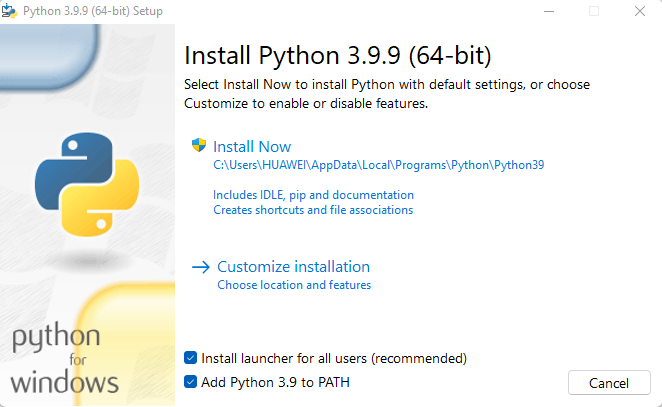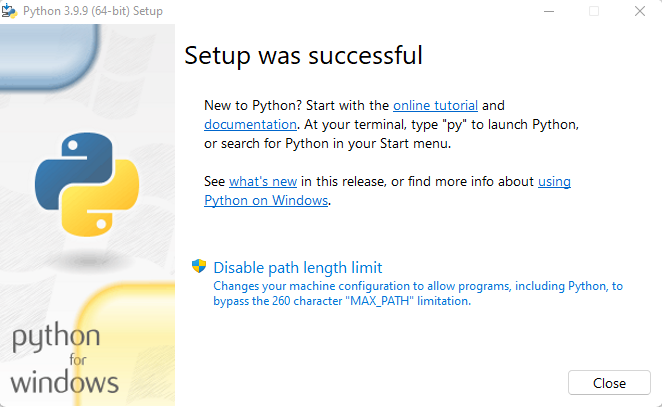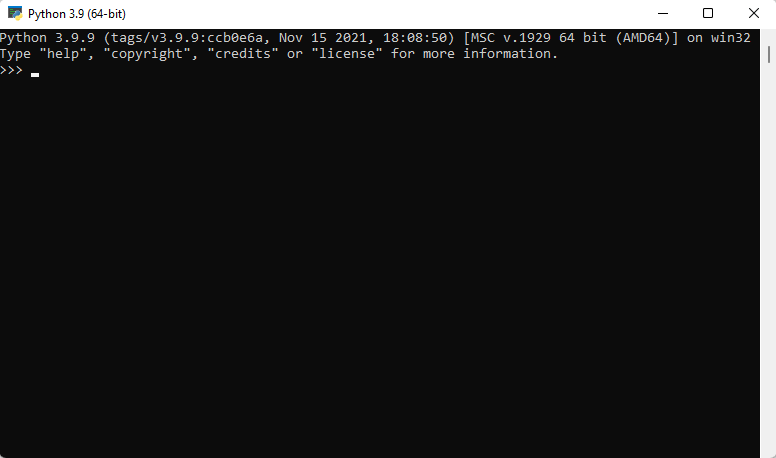Install Python On A VPS Server Easily ( Windows & Linux )
Install Python on a VPS Server by updating your system and using package managers on Linux or downloading the installer on Windows. Quickly verify the setup and begin running Python applications on your VPS.
🤖AI Overview:
Installing Python on a VPS Server involves configuring the Python programming language on virtual servers running Windows or Linux. Most Linux servers can install Python via apt or yum, while Windows servers require a manual download and installation from the official Python website. This setup ensures efficient development and running of Python-based applications remotely.
The purpose of creating the Python programming language
The designer of this language has stated the purpose of creating with the following reasons:
- A very simple and understandable language that has high power and the ability to compete with other programming languages.
- It is completely open-source so that all people and programmers can participate in its development.
- Its simplicity is such that it is as readable as an English text.
- It is possible to develop a program with the help of Python in the shortest possible time.
Install Python On Linux
Check If Python Is Installed Or Not
Python is installed by default on most Linux VPS distributions. To be sure about this, you can type the following command in the terminal of your Linux VPS Server.
python3And if it is installed, you will have the following output.
Python 3.8.5 (default, Jan 27 2021, 15:41:15)
[GCC 9.3.0] on linux
Type "help", "copyright", "credits" or "license" for more information.
>>>And if it is not installed, you will have the following output.
Command 'python3' not found, did you mean:
command 'python0' from snap python0 (0.9.1)
command 'python3' from deb python3 (3.8.2-0ubuntu2)
command 'python2' from deb python2 (2.7.17-2ubuntu4)See 'snap info <snapname>' for additional versions.
Install Python
First, update your Linux Server using the following commands on different versions of Linux.
Note: If you are logged in with the Root username, you don’t have to use sudo to execute the commands.
sudo apt updatesudo yum update -yYou can use the following commands to install Python on different distributions of Linux VPS.
Ubuntu & Debian
sudo apt install python3CentOS
sudo yum install python3Install Python On Windows
Unlike other operating systems such as Mac OS and Linux, Python Programming Language is not installed on Windows by default. However, this does not mean that this programming language will not be useful for Windows users or that Windows users will not be able to use this language to program their applications.
Install Python
It is possible to install Python on all versions of Windows such as Windows Server 2019 or Windows 10. In this article, I’m installing Python on a Windows VPS with Windows Server 2019 operating system. If you wish, you can also buy Windows VPS and install Python on it to keep your projects more accessible and safe.
To install Python on Windows, go to the download center of Python and choose the suitable version. Then choose the Windows installer (64-bit) which is also recommended.
On the first screen displayed, enable the Add Python 3.7 to PATH option and then click the Install Now option.

In the next step, it will be possible for you to select the Disable path length limit option. This option removes the constraint on the MAX_PATH variable. Selecting this option does not cause any problems with the operating system or other parts; Only allows Python to use longer names for “Path” variables.
Since in Linux operating systems and many of its distributions, the length of the name for path variables is not a problem, selecting this option will play an important role in resolving possible problems arising from the length of path variables in Python programming in the Windows operating system.
All professional Python developers and programmers are advised to choose this option. Avoid selecting this option if you do not want to remove the constraint on the MAX_PATH variable. Finally, clicking Close will complete the Python installation process in Windows VPS.

As the picture says, we have successfully installed Python on our Windows VPS and if you run the Python, you will have the following screen in command prompt.

Conclusion
Learning to install Python on a VPS server is a valuable skill for developers and system administrators alike. This process enables you to run Python applications remotely, automate workflows, and establish a reliable development or production environment on your server.
By following the steps above, you can install Python safely and efficiently on popular Linux VPS distributions such as Ubuntu and CentOS. Remember to use virtual environments to manage project dependencies and keep your setup organized. With Python installed on your VPS, you are well-equipped to harness the language’s power for various applications and projects.
FAQ
2. How can I check if Python is installed on my Linux VPS?
Type "python3" in the terminal; if installed, it shows version details.
3. How to install Python on Ubuntu or Debian VPS?
Update with "sudo apt update"and install with "sudo apt install python3".
4. How do I install Python on CentOS VPS?
Use "sudo yum update -y" and "sudo yum install python3" commands.
5. Is Python pre-installed on Windows VPS servers?
No, it must be downloaded and installed manually.
6. How to install Python on Windows VPS?
Download from "python.org", run installer, add Python to PATH, and install.
7. Why add Python to PATH on Windows VPS?
It allows running Python from any command prompt easily.
8. Can I run Python scripts after installation?
Yes, use "python3" (Linux) or "python" (Windows) commands.
9. What if I face installation issues?
Check internet connection, update servers, and consult support or forums.
10. How to keep Python updated on VPS?
Use system package managers on Linux or download new versions on Windows periodically.
Python has a small and straightforward set of keywords, making it an ideal language for beginners to learn and understand.
Dear Bisnis, appreciate your comment. Python’s minimal syntax and readable structure make it highly accessible for beginners while remaining powerful for advanced applications.